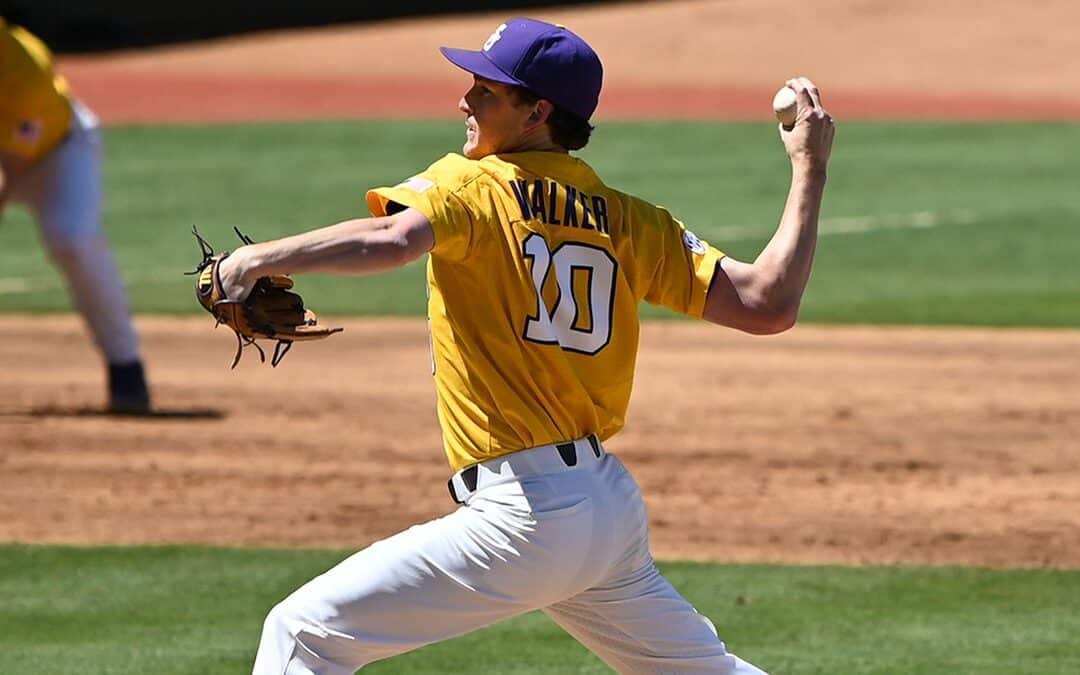How can you reduce your risk of having a throwing injury? What factors contribute to shoulder and elbow injuries? In this blog, we will review what gives baseball and softball athletes the best chance to keep their arm healthy and reduce their risk of a throwing injury.
Injuries for throwing athletes commonly occur in the shoulder or elbow. Elbow injuries are usually ligamentous or tendon with less common injuries being bone or nerve injuries. The shoulder is a more complex joint; more anatomy can mean more problems and differential diagnosis. When dealing with shoulder pain you may be experiencing a labrum tear, a rotational deficit, scapular dysfunction, impingement, instability, rotator cuff, and much more.
Let’s review some findings from the research. A systematic review from Sports health cited “Increasing strength and maintaining range of motion in both the upper and lower extremities is important to prevent throwing injuries in softball pitchers and position players.” (1) The journal of Athletic Training cited “Early sport specialization is a risk factor for throwing-related overuse injuries of the shoulder and elbow and the importance of understanding the association between early specialization and throwing volume is critical to reducing injury risks and rates.”(2) In the same article they mention, “Among adolescent fast-pitch softball pitchers, pitching on 2 to 3 consecutive days led to progressive increases in shoulder weakness, fatigue, and pain.” (2) The Journal of Orthopaedic Surgery also says we found that a decreased hip ROM in external rotation on the dominant side and bilateral hip abduction strength were associated with the experience of shoulder and elbow injury in the past 3 years” (3) Lastly in the American Journal of Sports Medicine, “Overuse, arm fatigue, high pitch velocity, participation in showcases, and traveling baseball are all associated with increased risk for injury.” (4)
If you are keeping track here is another way to look at these quotes.
- Maintain your mobility and strength in the both the lower and upper body.
- Play another sport. Early specialization can create a lot of problems.
- Follow a pitch count and stick to it!
- Arm injuries could be tracked back 3 years by people with weak hip abductors and rotational hip strength.
- Be selective about the showcases you attend.
Here are some recommendations for baseball and softball athletes who are currently in their offseason. If you’ve sustained a baseball or softball injury, I would seriously consider the following: Participate in a strength and conditioning program delivered by a qualified personal trainer or sports performance coach (preferably one that is individualized to your needs), play another sport and avoiding early specialization, limit fall ball and showcases if you aren’t playing another sport, and stop throwing for a period of time. World renowned surgeon, Dr. James Andrews recommends at a minimum 2 months off of throwing, preferably 3-4 months. One last thing we didn’t mention is the importance of proper nutrition and recovery. Do not underestimate the difference it can make in your day to day recovery and performance. If you would like to join a class where we focus on shoulder health, strength and mobility, core and hip strength and mobility, click here.
As a professional strength coach with a sports medicine background, I am very passionate about helping athletes stay healthy and helping them stay on the diamond, court, track or any playing surface for that matter so they can have fun and develop into the best athlete and person they can be! Here at Core, we strive to educate those who invest in us by teaching them enough to train on their own and treating them so well they want to stay and train with us. Be healthy, be durable.
Alan Miller, ATC, LAT, CSCS
Owner of Core Performance Academy
Father and husband
References:
(1) https://www.ncbi.nlm.nih.gov/pmc/articles/PMC8645320/

